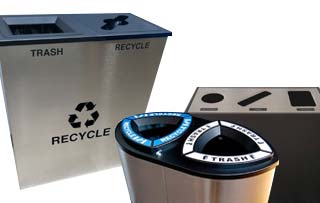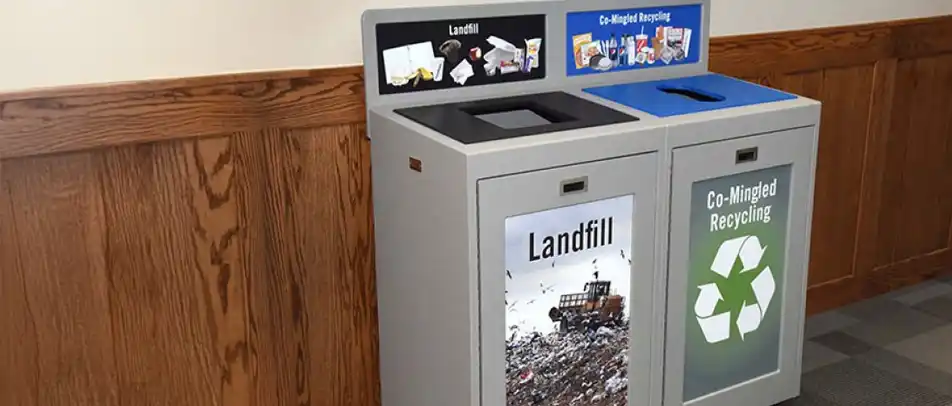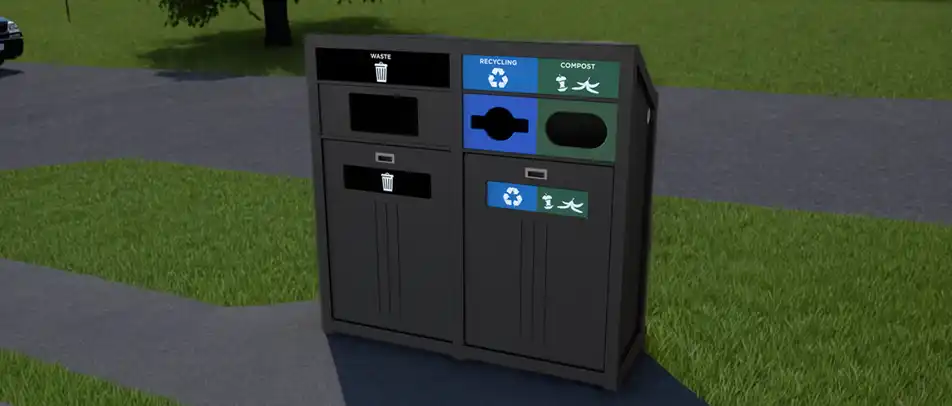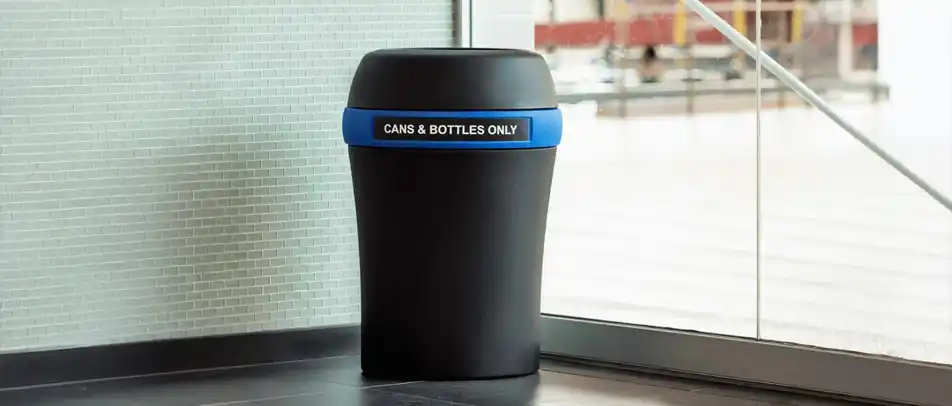
Food waste has been made worse than it should be by inaccurate expiration dates on labels. Manufacturers tend to allow a little leeway in determining a date, meaning that often food is safe to eat past the posted expiration date. Some also confuse the “best when used by” date for an expiration date. According to Phys.org, two companies are working on “smart labels” that more accurately determine the edibility of packaged food.
A company called PakStaite, for example. Is working on a label that contains gelatin that breaks down at the same rate that the food product deteriorates. When the food product goes bad, the label becomes bumpy. The added advantage is that the label is accessible for people with visual impairments. The company hopes to roll out a label for milk cartons and is working on one for eggs.
The one disadvantage of the PakStaite label is that it only simulates the rate of spoilage for the food it is labeling and does not actively measure it. GLOPACK thinks it has come up with a better solution with labels that have sensors and wireless chips embedded in them.
The GLOPACK label would measure gasses given off by food products as they start to spoil. The labels have an embedded RFID tag that can transmit the information to a smartphone or some other remote device that can measure the state of the particular food product instantly.
The GLOPACK label is not quite ready for market yet, and there may be questions about cost. However, when the labels are ready, they will provide food retailers, distributors, and customers an accurate measure of the food product’s condition. Food businesses will know the state of their products, which are safe to sell, and which must be diverted to composting. Consumers will have a way to look at what is in the fridge or pantry and determine what is still safe to eat and what must be thrown out. The theory is that a more accurate reading of food spoilage will cut down on food waste.
























































































 Three Ways to Engage Teams and Clients to Maximize Your Recycling Program Engagement
Three Ways to Engage Teams and Clients to Maximize Your Recycling Program Engagement  How to Integrate Accessibility Into Your Sustainability Planning
How to Integrate Accessibility Into Your Sustainability Planning  Why Park Benches Can Promote Workplace Well-Being
Why Park Benches Can Promote Workplace Well-Being 
